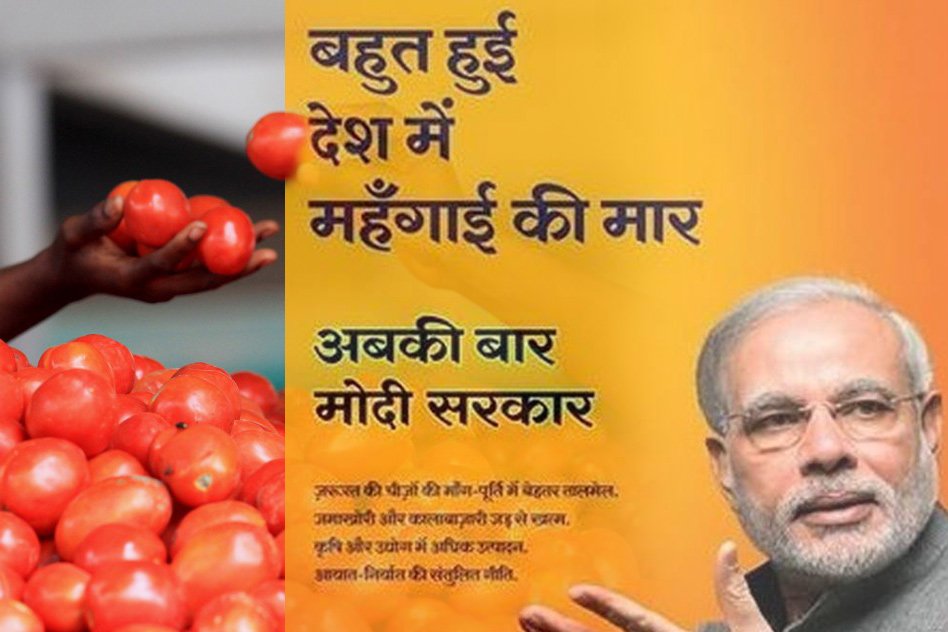
India's Retail Inflation Hits A 2-Year High, Vegetables And Pulses Become Dearer
18 Jun 2016 12:17 PM GMT
Retail Inflation in India rose for the second straight month in May to 5.76 percent in May from 5.47 percent in April. Such a scourge is being witnessed mainly as a result of consumer food price inflation which is at a two-year high of 7.55 percent. What’s striking about this is that the 7.55 percent inflation comes at a time when the country is expecting to have a good monsoon. In March, when a major part of the country was battling with serious drought situation, the inflation was at 5.2 percent, according to the official government data on Consumer Price Index (CPI) released on last Monday.
Inflation Rate in India averaged 7.70 percent from 2012 until 2016, reaching an all-time high of 11.16 percent in November of 2013 and a record low of 3.69 percent in July of 2015.
The most important category in the CPI is Food and beverages that bear 45.86 per cent of the total weight.
Food inflation seems to be high because of the steep soaring of the prices of vegetables and pulses. Tomatoes are touching Rs 100/kg, whereas, Dal is at Rs 170/kg, potatoes are also soaring at a rate of Rs 20/kg. Vegetable inflation skyrocketed from 2.21 percent in April to 12.94 percent in May. The inflation in pulses is at 31.57 percent.
The factors
The rising prices of vegetables and pulses that are burning holes in your pocket may be an amalgamation of several factors:
- Rabi crops that are marketed in summer months have been extensively damaged because of the severe drought situation in southern states of India.
- Besides, vegetable prices remain high all over the extended dry season, until the next lot of fresh vegetables arrive in the market during September.
- Tomato is one of the most expensive vegetables now because it does not favour a long life and cannot be stored for too long. Heavy rains and extreme droughts affect the production of tomatoes.
- There is a huge gap in the demand and supply of pulses in the market. Production of pulses declined by 17.06 million tonnes in 2015-16 due to two consecutive years of drought, while the demand stands firmly at 23.5 million tonnes.
- Another major problem in our country is the poor availability of storage facilities. Millions of tonnes of food get rotten every year.
Prices of several other commodities of daily consumption have also been pinching the consumers. The annual inflation in eggs is 9.13 percent as in May, 8.67 percent in meat and fish, 9.72 percent in spices, and 4.83 percent in oil and fat.
According to Times Of India report, Reserve Bank of India Governor Raghuram Rajan said in the second bi-monthly monetary policy update, “The inflation surprise in the April reading makes the future trajectory of inflation somewhat more uncertain.”
The next few weeks will be very crucial in deciding where this food inflation is heading towards, as the course of the monsoon will become clear. Also, the government has to be more cautious regarding the storage of crops, so that it can be used at a time when there is a dearth of supply.
 All section
All section













